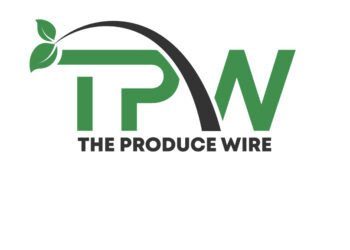The national food insecurity rate reached 17.1%, as estimated in the latest Consumer Food Insights report from Purdue University’s Center for Food Demand Analysis and Sustainability. This is the highest rate recorded since the report’s March 2022 edition.
Purdue’s monthly survey of over 1,200 Americans across the nation found that the majority of food insecure households make less than $50,000 annually. Nearly half (48%) of survey participants in this income bracket reported waiting on their next paycheck to buy groceries. But a significant portion of higher income households — 27% of those making $50,000 to $100,000 and 22% of those making more than $100,000 — also reported doing so.
Americans are spending an average of $120 a week on groceries, which is up 1% from last year. Survey participants said food prices rose an average of 6.4% over the past year, which is slightly below the government estimate of 6.7% and the lowest consumer reported increase since April 2022. And consumers said they’re anticipating an even lower annual inflation percentage next year (4.0%).
In the event of a recession that causes household incomes to drop 25%, the most likely food areas where consumers would cut spending include:
Casual dining (51%), fast food (47%), and fine dining (46%)
Many types of meat, most commonly beef steaks (49%), bacon (39%), and pork loins (37%)
Alcohol (36%)
More than half of consumers said they wouldn’t change their spending habits for bananas, milk, and lettuce, and 22% said they would spend more on eggs.
Not surprisingly, most of the current consumer behaviors revolve around cutting costs and waste. Americans across income levels said they at least “sometimes” choose generic over brand name foods, check use-by/sell-by dates and nutrition labels when shopping, recycle packaging and reduce food waste, and discard outdated food products.
See June’s Consumer Food Insights report for more insights.














